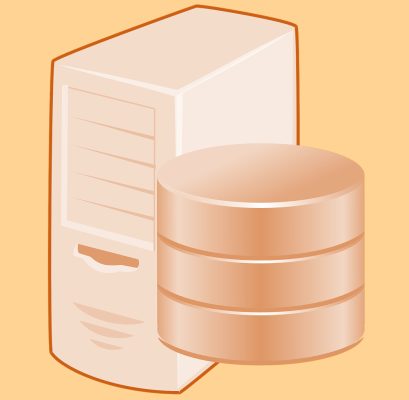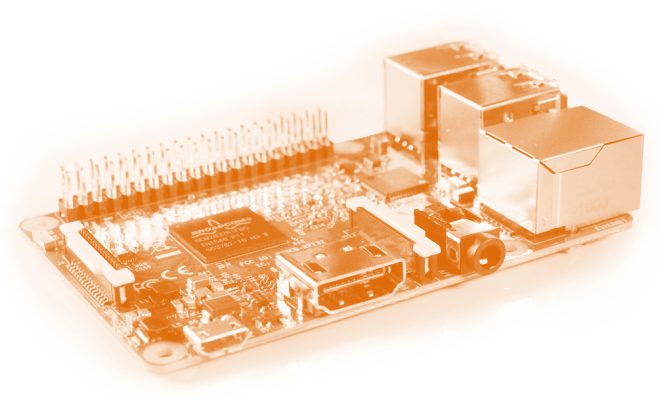The IoT industry has grown and become more accessible to the public thanks to smartphones. There are countless mobile phone brands out there, however, very few are quite as renowned and popular as Apple’s iPhone.
In fact, Apple CEO, Tim Cook, recently revealed that there are now over 1 billion active iPhones worldwide. With the sheer number of people carrying around apple smartphones, you’d be remiss to not look into creating IoT IoS applications.
However, how do you go about programming the Internet of Things with IoS? What’s more, how do you build an IoT app on iOS? We’re here to help.
In this blog, we’ve outlined 5 easy steps you can take to successfully build IoT apps on IoS. Let’s get into it.
Step 1: Learn Xcode and Swift
When developing an app, you have to choose whether to do it natively, hybrid, or cross-platform. Here’s what we mean by each of these:
- Native – you use languages that are native to the OS the app is going to run on
- Hybrid – utilizing plugins to make another non-native code work in a native app
- Cross-platform – this means using non-native code.
The best of these options – if your app is only for one operating system – is native development. This is because it lets you access OS features – such as GPS or the camera – and gives your app better performance. When developing natively for iOS, you are going to want to use the native Xcode.
Xcode is an Integrated Development Environment (IDE) for macOS that contains a set of tools created by Apple for the development of software for multiple apple operating systems, including:
- MacOS
- iOS
- watchOS
- tvOS
Xcode is the only legitimate program you can use to make native Apple apps, so learning Xcode is going to be necessary for developing an iOS IoT app. This IDE lets you test your app with either a simulator or your own iOS device, so its advantage for developing in iOS is immediately noticeable.
Xcode is completely free for users of the latest macOS and can be found on the Mac App Store. This means that you need a Mac computer to work on Xcode. That being said, if you are a Windows or Linux user, there is a way around this. Simply set up a Virtual Machine (VM) running macOS and work from there.
Next, you need to get to grips with Swift. This is a programming language developed by Apple. More importantly, it’s primarily what you’ll use alongside Xcode to make iOS apps. Swift has the advantage of being the dominant language for iOS development and it’s not hard to learn as it’s similar to other programming languages. Furthermore, Swift boosts efficient and concise memory management and supports dynamic libraries. Therefore, even if you’re new to Swift as a programming language, it should still be a relatively stress-free process.
Step 2: Choose an AEP (Application Enabled Platform)
The next step is to choose an IoT Application Enabled Platform. An AEP is an environment to build and deploy IoT products and services within.
As you probably know, building an IoT platform from scratch can be incredibly difficult and a long process. However, an AEP streamlines the process of implementing IoT into your app.
Without one, you need to design, build, test, and maintain each part of the IoT stack, including:
- Server and database deployment and maintenance
- UX and UI build
- 3rd party connections and APIs
- Front-end build and maintenance
You have two options when it comes to choosing an AEP:
- A centralized traditional IoT application enabled platform, e.g. Azure IoT and AWS IoT.
- A decentralized IoT application enabled platform that uses P2P communication, e.g. Nabto’s IoT Platform
While a traditional AEP benefits from having SDKs (software development kits) that provide native support to iOS devices, it has some drawbacks. Firstly, there are the security concerns. These use the cloud for data storage. As data passes through, it’s vulnerable to bulk data theft or loss. What’s more, data having to pass through a central server may result in high latency for your iOS IoT app.
However, with a decentralized AEP, you circumvent these security and latency concerns, and also have lower running costs. Therefore, we recommend going down this route if you want your iOS IoT app to run as smoothly as possible.
Learn more about How to Develop IoT Apps here.
Step 3: Code the Front-End and Back-End
After choosing your AEP, it’s time to code the front-end and back-end of your IoT app.
The way data is presented to a user is just as important as the way it is used. Xcode has an Interface Builder built-in that lets you design user interfaces without having to write any code. However, you can make even better user interfaces with the SwiftUI toolkit.
Back-end development in IoT is complex and time-consuming. Thankfully, back-end development can usually be aided or entirely handled by the AEP you have chosen. Moreover, you can avoid back-end development altogether if you use a decentralized AEP solution.
This is because back-ends are normally the centralized server application of a centralized AEP system. Whereas, with a P2P or decentralized AEP, you just have the client application (front-end) which connects directly to the IoT application running on the IoT device.
Get in touch with us today if you want to avoid back-end IoT app development and want some help building your app on IoS.
Step 4: Utilize Apple Native IoT Frameworks
As it was mentioned earlier, if your app is going to be exclusively for iOS, developing natively can have a ton of benefits. Being able to use Apple’s native IoT frameworks is one of them.
Apple has developed a couple of IoT Frameworks for use in their devices, so why not use them?
HomeKit is an IoT framework that allows users to communicate with and control connected accessories in their homes using your app. It can display, edit, and act upon the data in the home configuration database, and actions can even be activated via Siri.
To utilize HomeKit in your project, you enable the HomeKit capability and include the NSHomeKitUsageDescription key in your app’s Info.plist file.
This and other Frameworks – like HealthKit – can make developing IoT systems for iOS more appealing and easy. Therefore, don’t be afraid to take a quick look over the documentation to see if it would fit into your IoT project.
Step 5: Deploy Your App to the App Store
The final step is going to be publishing your project. Keep in mind that you need to sign up to the Apple Developer Program to submit your apps for review and eventual publishing. This costs $99 (€82.36*) per year.
After you sign up, you’ll have access to App Store Connect, where you will be able to see your App analytics and other options. Submit your App and wait around 48 hours for approval. Once this process is over you will have an IoT app for iOS readily available to the public.
*exchange rate correct as of April 30th, 2021.
There You Have It!
As you can see, it really is very simple to build IoT apps on IoS.
Apple’s ease of usability is often cited as a reason for the iPhone’s popularity and, when it comes to developing IoT iOS apps, it’s no different.
If you follow these steps, you’ll be able to build a successful IoT app for Apple’s app store in no time.
If you’re looking for a stress-free decentralized P2P AEP solution for your IoT app, get in touch with Nabto today and book a free consultation.
Read Our Other Resources
We’ve published a range of IoT resources for our community, including:
- A Comparison of IoT Protocols, which provides a complete comparison of the major protocols and standards available.
- Buying versus building an IoT platform, which discusses how to choose the best option for you.
- Find the right microcontroller by reading our Complete Guide to Microcontrollers for IoT.
- If you decide to use an RTOS, check out How to Choose the Best RTOS for IoT






